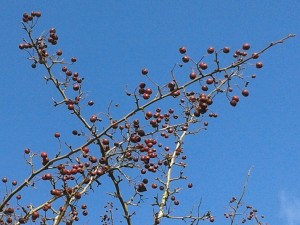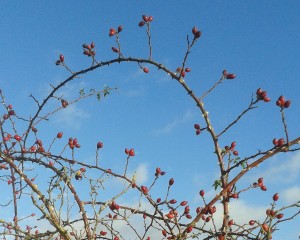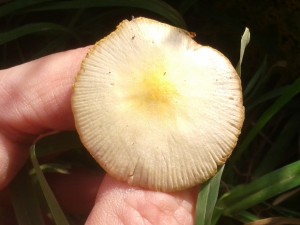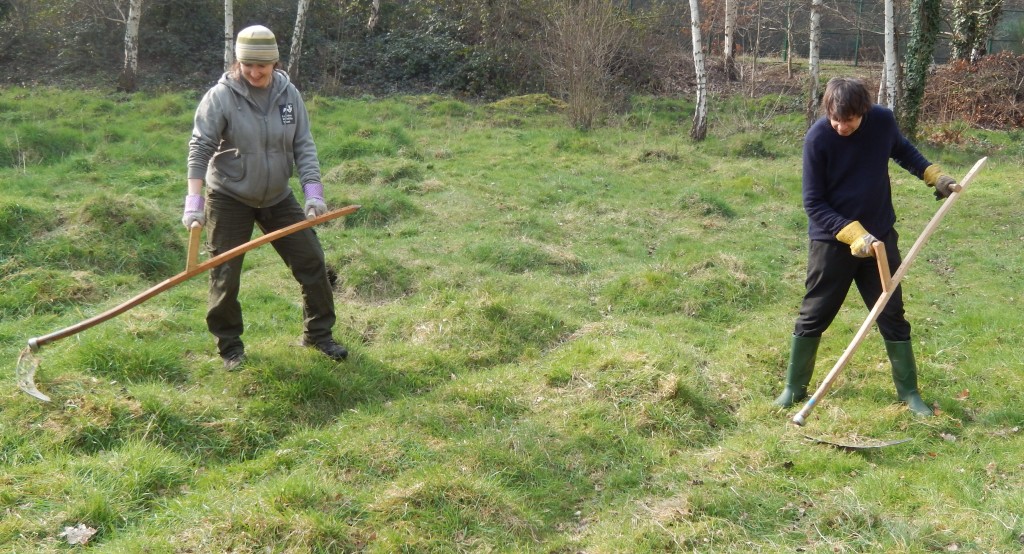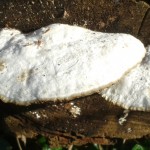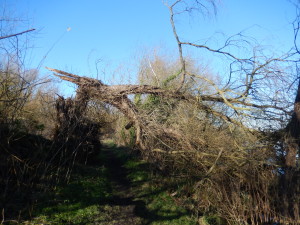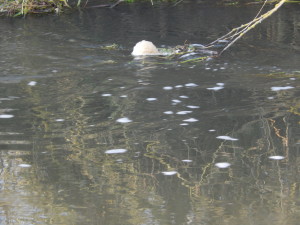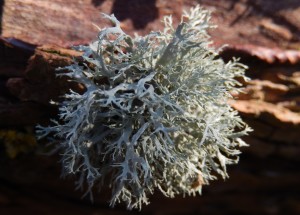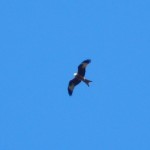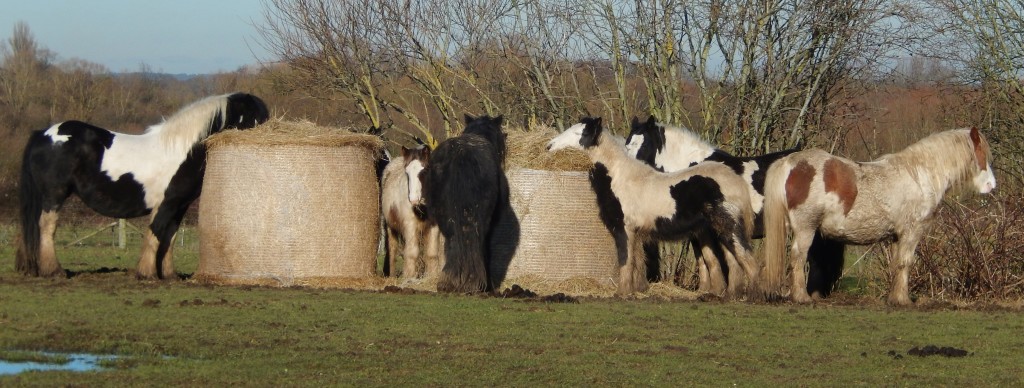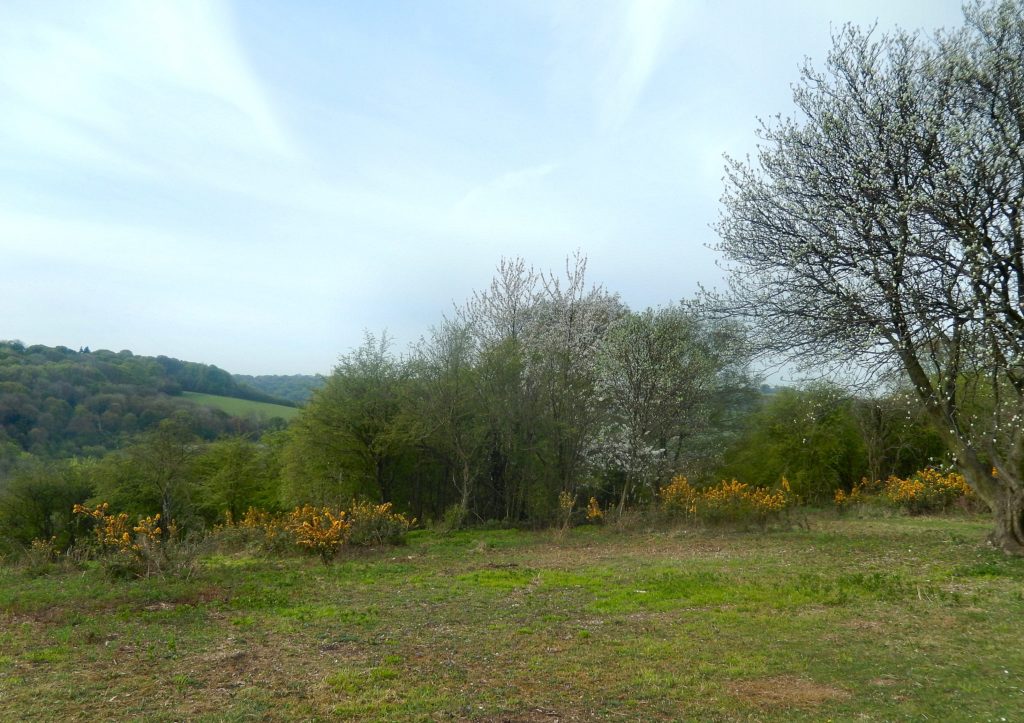
The weather forecast said fine and warm, getting warmer each day. The chalk downs called, so I popped out to Watlington Hill to enjoy the spring sunshine and the birdsong. I wasn’t disappointed: I’ve never SEEN so many Garden Warblers, and I mean seen. Their full, rich warble came from every patch of scrub, sometimes two or three singing at once, and the still mainly leafless trees (the buds just broken) make them visible for once. In binoculars, they are almost evenly soft mouse-brown all over, slightly paler below for countershading, with the merest hint of a little half-collar of pale grey. Sylvia borin has been called “Sylvia boring” by birders, and it’s a good mnemonic, if not much of a joke. They don’t have the Whitethroat’s white throat or patterned tertials; they don’t have the Blackcap’s black cap, or even the Chiffchaff’s eyestripe. All negative descriptions: but their song is both lovely and readily recognisable.
Also singing were Chiffchaff and Blackcap, both in numbers; Blackbird, Mistle Thrush (conspicuously perched atop their respective trees, and calling loudly and ringingly to each other); Dunnock, Great Tit, Blue Tit, Robin, Chaffinch, Wren. From the woods, Jays screeched; a Pheasant called in the distance; a few Swallows caught flies overhead; Buzzard, Stock Dove, Wood Pigeon, Magpie, Jackdaw, and Carrion Crow were about.
The hill is on the west-facing scarp of the chalk (Cretaceous, obviously) of the Chilterns, dropping down to the Oxford Clay plain which stretches away to Didcot and Oxford in the haze. The chalk grass is closely cropped by rabbits, but constantly invaded by hawthorn, blackthorn, whitebeam and bramble scrub.
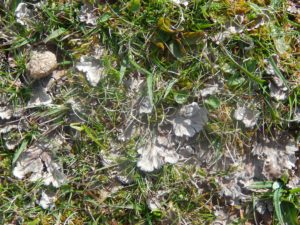
I was pleased to see some patches of the Dog Lichen in the low turf.
The shadow of a Red Kite passed over the grass, and I looked up. A pair of the long-winged, fork-tailed raptors drifted over the hill, swivelling their tails, their bodies perfectly streamlined and front-weighted like gliders.
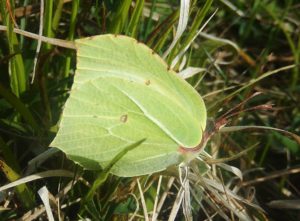
As it warmed up, a Brimstone butterfly appeared, perching on the ground to absorb some heat from the sun. It is one of the most leaf-like of our butterflies, which would suggest camouflage: but they are conspicuous even with closed wings. Perhaps birds see them differently from us.

